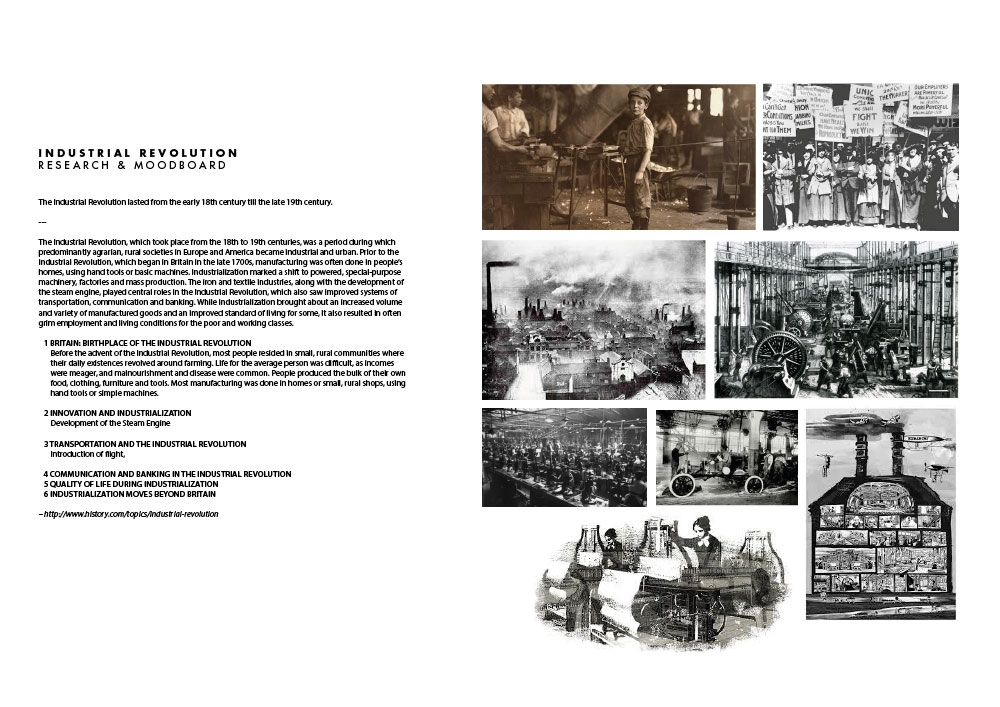Beginning: Low Fidelity Prototype
I had some difficulties at the beginning trying to find the right size for my device. I was not sure if this will be portable enough for users to carry it around. The first low fidelity prototype failed miserably because it could not close as the paper GSM was too high.

I worked on another piece and it was better but could still be improved as the top cover was lopsided and could not fit into the base perfectly (problem with the size and paper thickness).

Problems with Questions
I looked up some of the ways one could start conversing with one another about topics such as end-of-life issues and found that it was quite difficult to implement it into the device right at the start of the project.
References
https://www.ghdonline.org/end-of-life-conversations/discussion/initiating-end-of-life-care-conversations/
https://thedenverhospice.org/simple-questions-start-end-life-conversation-elderly-loved-one/
I decided to work on simpler questions first and created a question bank for this device.

I was also recording and editing some of the questions in the question bank so that I could test use it on the patch.
Connecting to the Patch: Problems

1. Audio Output
I ran into some problems with the portability of this device. I realised that I had not planned for the sound output for it and could not find a way to connect speakers. Trying to resolve this problem cost me a lot of time, as I started to try to find ways to connect the phone to the Max MSP patch, thinking that it could resolve the problem. After weeks of mulling over this problem, I decided I would just use the Max MSP “Audio Option” to connect to external speakers.

Thinking back I should have continued working on other parts of the patch, such as continuing with the recording of the voice patch and brainstorming on connecting with the patch.

2. Random Selection of Questions
I managed to resolve the looping and random selection of the audio files using the random integer generator on Max. I tested on 11 files and I think with more files the random selection will work better.
Putting Together the Device
Counters
Base

For the base of the template, I used a 250GSM paper folded into the size of the box to create the casing of the device.

3. Problem with the pressure

Creating the device also brought about some new problems. The counters were not effective in creating enough pressure for the pressure pad to detect it underneath the separator. Even without the separator, the pad could only detect very little of the pressure and it was a hit or miss.

4. Problem with the Connection
I also had some problems with connecting the pressure pads (using around 4) to the device which rendered the entire device useless. I have no idea why I could not connect to my computer although I could do that previously. I tried several ways of connecting such as changing the part numbers, but I still could not get a reading from the pressure pad though a constant flow of numbers appear under the inspector (when connected to “print”).
Sound files: Sample 11 files
Moving on
As this project is a semi-completed project, I would like to carry on exploring new ways to work things out. Although I was given a long time to complete this project, I was too focused on minute details and lost sight of the larger picture, which may also be the main cause of why so many other unforeseen circumstances appeared. I was overly confident that the patch which had worked before would work again. However, was proven wrong at the last minute prior to the submission.
Moving forward, I should spend more time making sure that the patch was constantly working because it was still the core of the device. I tested the patch a few times before embarking on the other parts of the project and only checked back again at the end of the project (which was too late). I guess this is also the problem of form versus function for me, because I was obsessed over the form and did not foresee the problems that would come with the functionality of the project.
I think I can explore more using Arduino, buttons and speaker output and sensors for this project. The pressure pad is not really working very well and is causing more problems than necessary. I think I want to also try to see how this project can initiate conversations with the elderly regarding end-of-life issues because that was what I had originally set out to accomplish.







